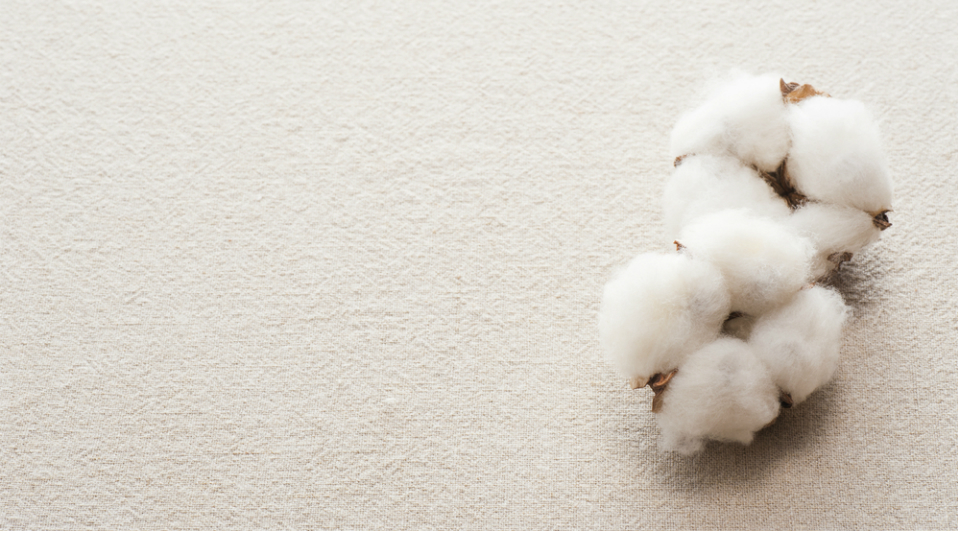Cotton is essential in the lives of millions, perhaps in ways that may surprise you. At Levi Strauss & Co., the reasons are pretty clear. We love denim, which means we love cotton — we couldn’t make our jeans without it. But cotton is an amazingly versatile plant for more than just clothing.
Next time someone compliments your favorite pair of Levi’s, keep the conversation going by whipping out one of these fun little factoids.
- Cotton can absorb up to 27 times its weight in water.
It’s one of the most absorbent fibers in the world. That’s why most towels are made from it and why it’s oh-so-soft and comfortable.
- The dollar bill is 75% cotton.
American paper currency isn’t made from trees (and of course it doesn’t grow on them, either!). The paper-like material contains 75% cotton and 25% linen, which is why the bills can survive an accidental cycle or two in the washing machine.
- The filament in Thomas Edison’s first lightbulb was made of cotton.
After testing 2,000 different materials, carbonized cotton thread succeeded as the first long-lasting filament for Thomas Edison’s bright idea.
- A Major League baseball contains 150 yards of cotton.
While it may appear uncomplicated, the ball that fuels America’s favorite pastime is precision-made. A round cushioned cork sits at the ball’s center, wrapped tightly in windings of a cotton/wool blend yarn.
- Cotton not only grows in white, but in brown, rust and green.
White-fibered cotton was introduced during the Industrial Revolution to maintain color consistency in clothing items.
- A 500-pound bale of cotton can produce about 325 pairs of jeans.
The average American woman owns 7 pairs of jeans — so a single bale would stock the closets of 46 women.
- That same bale also yields enough cottonseed oil to produce 6,000 snack-sized bags of potato chips
Limit yourself to one bag a day and you’ll be eating chips for 16 years. Cottonseed oil is also found in a variety of other everyday foods like cereals, breads and other snack foods.
- Speaking of cottonseed oil, it’s a natural pesticide.
Although it’s safe for human consumption, farmers have long used cottonseed oil to control infestations of insects and mites.
- Archeologists uncovered cotton fabric fragments in India dating back to 3,500 B.C.
Evidence of the oldest species of cotton was found in the ruins of a city in the Indus Valley called Mohenjo-Daro.
- Modern cotton cultivation can conserve billions of liters of water.
According to LS&Co.’s latest product lifecycle assessment, cotton cultivation consumes 68% of the nearly 3,800 liters of water used in the lifecyle of a pair of jeans. To help conserve water, LS&Co. continues to source increasing amounts of Better Cotton, with a goal of 75 percent of all of our cotton to be Better Cotton by 2020.
Like this story?
Sign up for the Unzipped newsletter to get the best of the Unzipped blog — company news and views, employee profiles, innovation and sustainability stories, behind-the-scenes and Archives highlights — sent straight to your inbox weekly.
Sources:
1, 2, 6A NMSU / 3 OCDE / 4 Cotton Inc. / 5 AZ Farm Bureau, Ag Search Mag, About.com/Inventors, Alabama Chanin / 6A http://www.agpresidents.com/cotton-facts.html, ShopSmart/ 8 Cotton Mill / 9 Roche / 6A, 10 LCA







